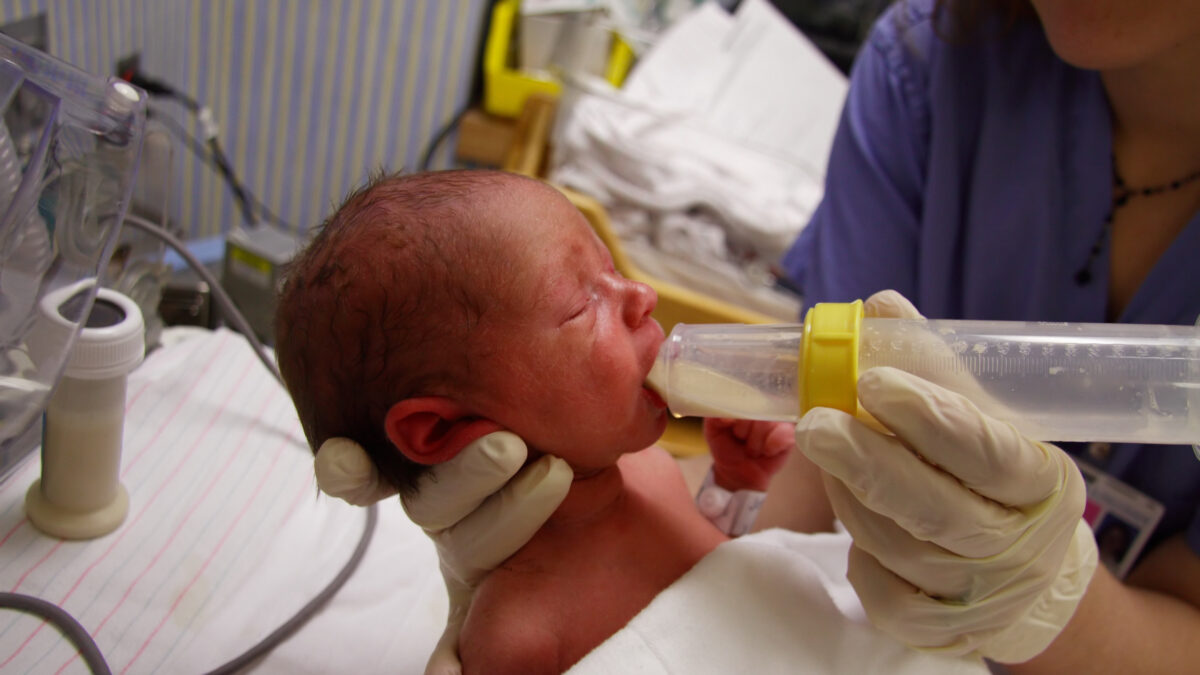If something impacts 1 in 10 Americans, it sounds common. Yet around 1 in 10 Americans have a rare disease. These health conditions are considered rare because they each affect less than 200,000 people.
Many Americans may be impacted by a rare disease, but the path to diagnosis and the right treatment is riddled with challenges, delays and frustrations.
“The Right Care for Rare,” a new roadmap from the Alliance for Patient Access, outlines the roadblocks that often prevent rare disease patients from swiftly getting a diagnosis and the right treatment. The paper also identifies policies that can help rare patients get the right care.
Common Challenges
Patients can face numerous challenges, the paper explains. They may have trouble getting to specialists or utilization management can threaten access. The obstacles often feel endless.
Many difficulties arise before a patient even has a diagnosis. Getting from the onset of initial symptoms to the correct diagnosis takes on average six years for a rare disease patient. The journey can be so lengthy that it is often called a diagnostic odyssey.
And upon receiving a diagnosis, rare patients still experience difficulties accessing the right treatment. Rare patients face hurdles at every turn, but policymakers can offer them the right support.
Improving the Diagnostic Odyssey & Rare Treatment Access
Good policies must improve access and empower patients. Take genetic testing and counseling for example. Tests and the appropriate counseling can help patients identify what rare disease they have. It may also reveal the best way to treat a particular condition. Diagnosing a patient earlier can reduce the length of the diagnostic odyssey and prevent potential disease progression.
And policies that promote innovation are also important. Most rare diseases don’t have a viable treatment option, but innovative options for many conditions are on the horizon. As more rare diseases finally have treatments, more patients will finally be able to manage their conditions.
Read “The Right Care for Rare” to learn more.




